How to reduce echo in your home – 5 tricks designers use for a homey space
Experts explain how to reduce echo in your home to make it more comforting
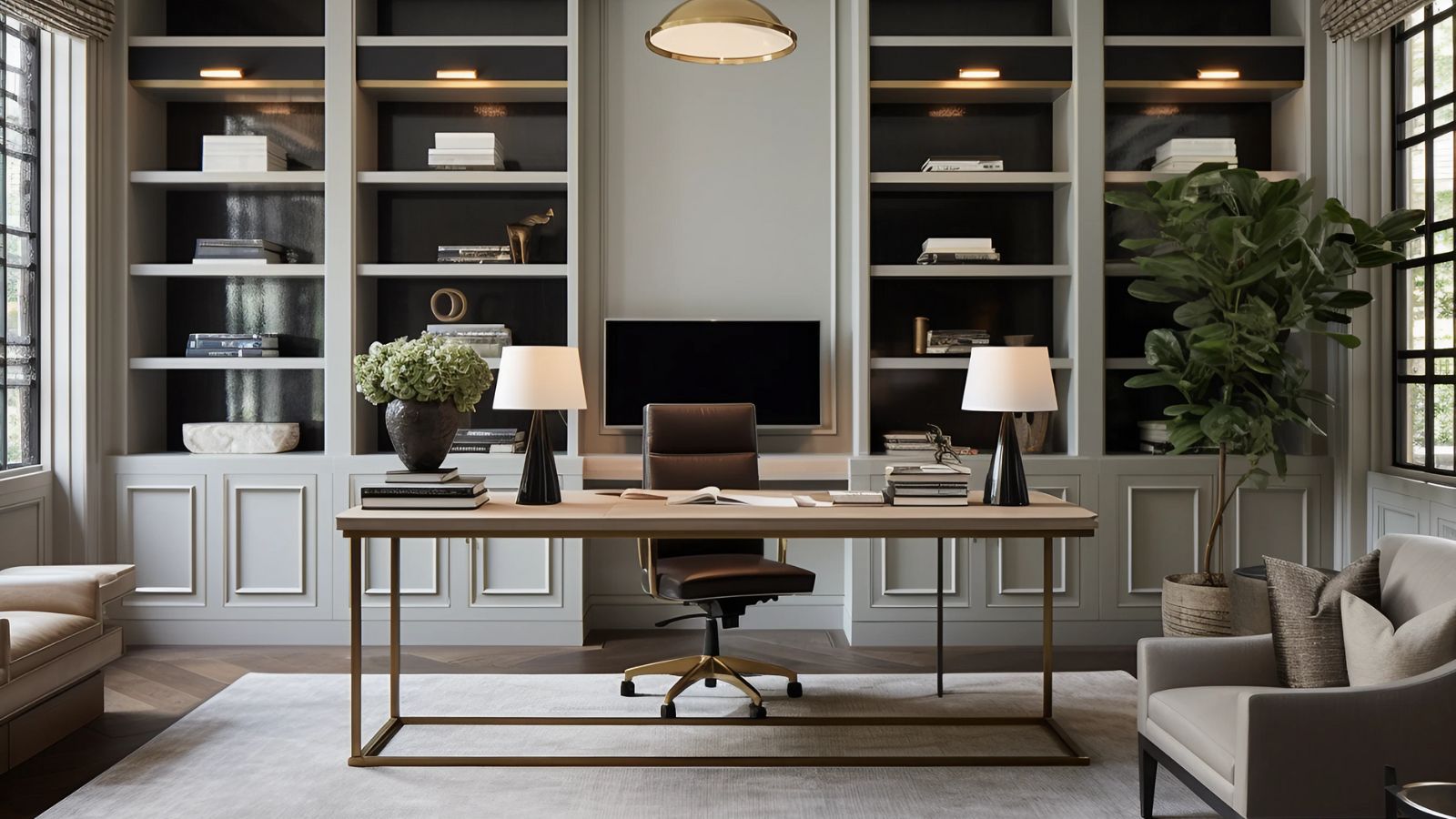

An echoey home can be annoying, to say the least. Not only can they be distracting, but they can make a home feel discomforting, and somewhat eerie.
Whether you are taking online meetings or simply want to make a home feel cozy, reducing echo is the perfect way to make your home feel more lived-in to help promote rest and relaxation.
These are the things experts do to reduce echo – even if you have high ceilings.
How to reduce echo in your home
Much like soundproofing a room, reducing echo in your home is a great way to make it feel a little more comforting.
1. Layer decor on floors and walls
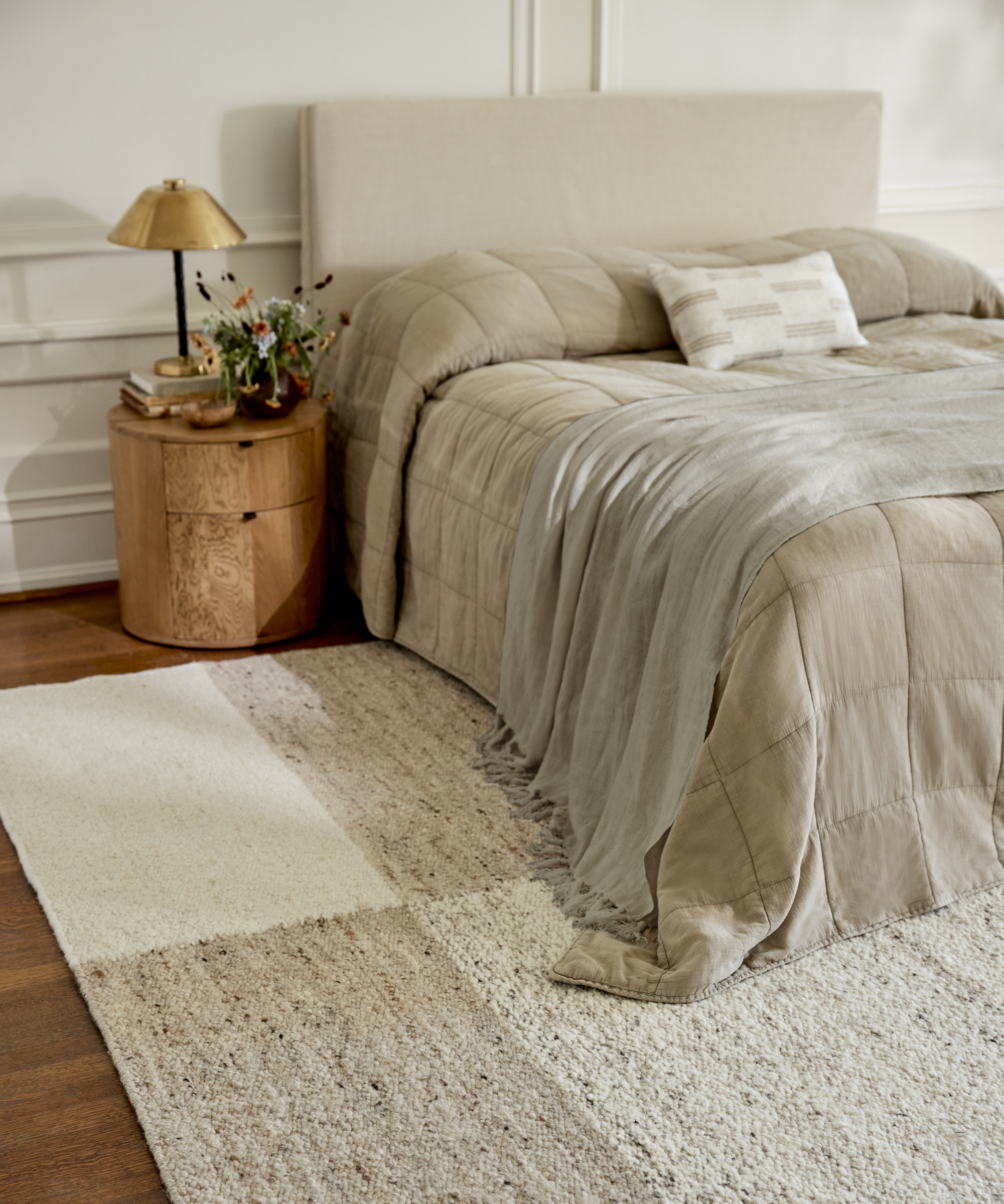
Layering in interior design is important for more than making a space look balanced and well-thought-out, reminds Keira Schultz, interior designer and owner of KS Designs – it also helps to reduce echo and make your room feel more lived in, she says.
At the very least, you should try layering rugs on floors, or using them as tapestries on your walls, she suggests. Similarly, using artwork that is not encased in glass such as canvas can help.
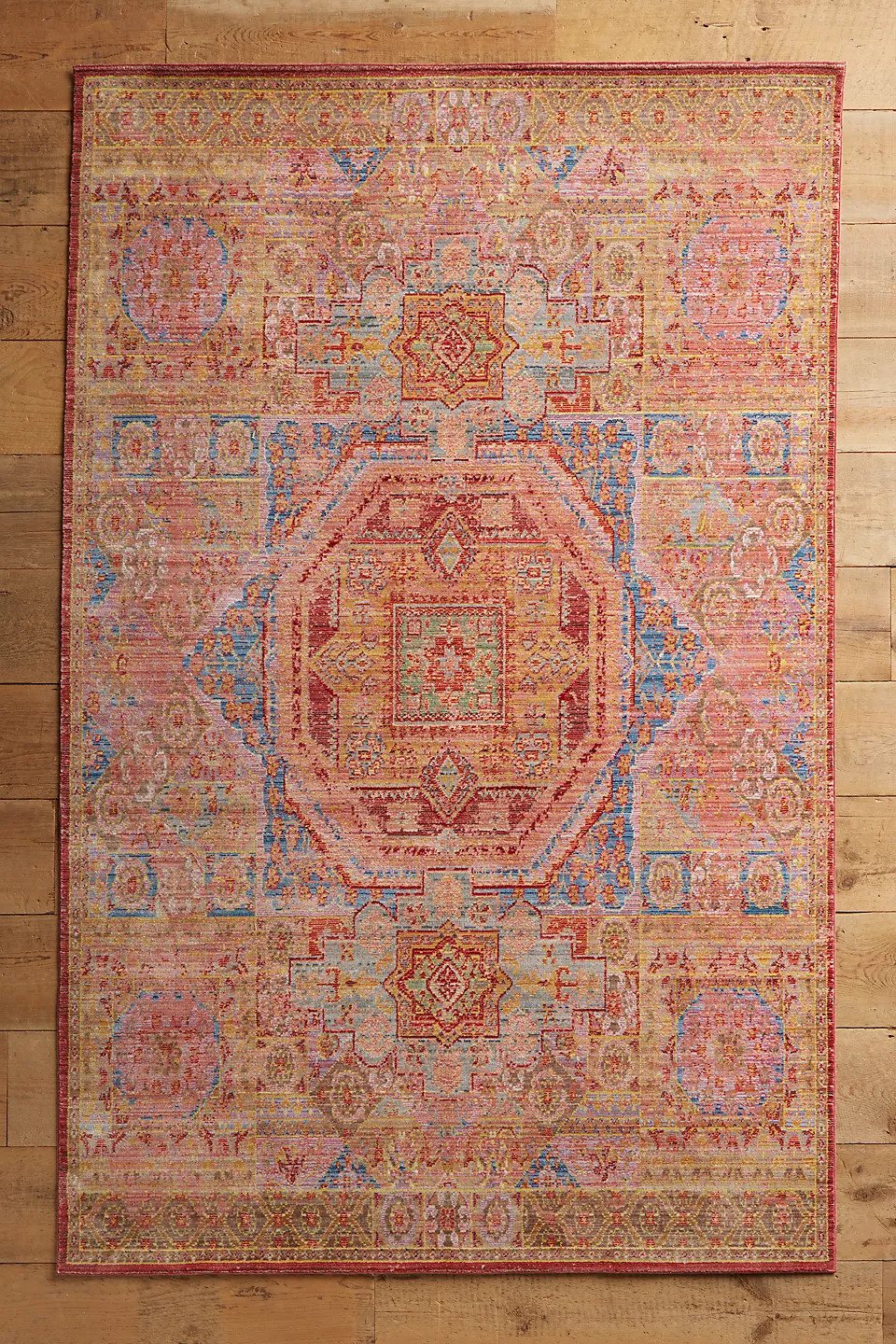
This brilliantly colored rug incorporates the layered diamonds and squares of traditional Heriz carpet prints.

Keira Schultz is an Arizona based interior designer. She has a degree in Textiles from Arizona State University and a degree in Interior Design from Northern Arizona University Magna Cum Laude. She is an Allied member of ASID and an Associate member of IIDA
2. Add plush drapery
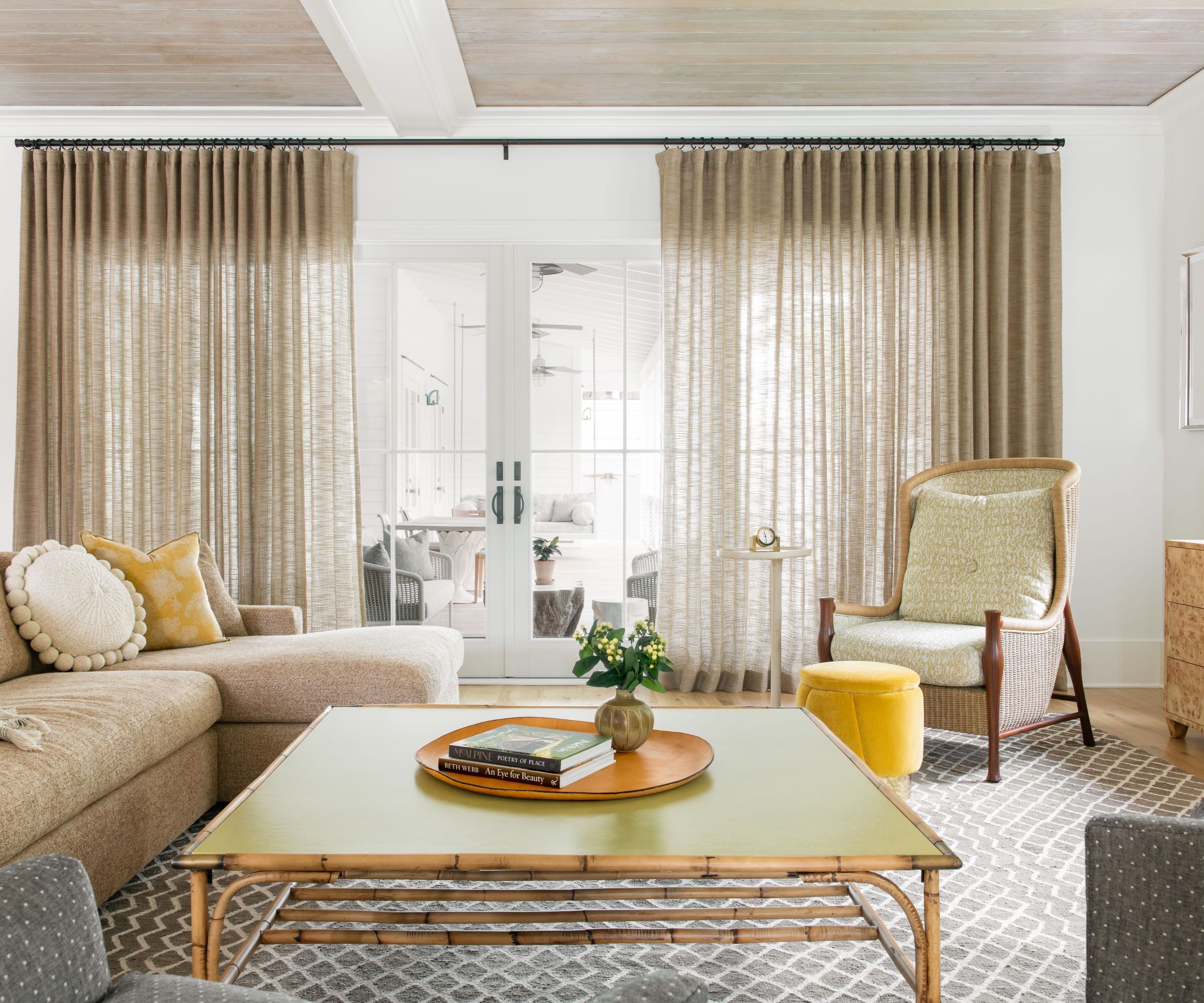
Along with adding wall art, hanging thick window treatments is the easiest way to reduce noise reverberation, continues Eryn Oruncak, founder, artist, and interior designer at Elan Design.
‘The goal is to have long curtains, preferably from right below the ceiling (right under your crown molding if you have it) to a half inch off the floor,’ she recommends. ‘It's a good idea to have lined drapery panels for fullness, which will also do wonders for that echo.’

Ribbed velvet is perfect for blocking out light, cold weather, and reducing echo. It also helps to make a home feel more luxurious too
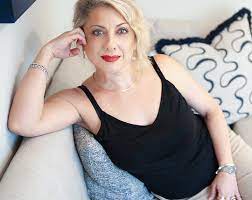
Eryn believes that the home is the foundation for your life, your work, and your family. She has studied the science of the effects a well-crafted room has on our brain, and the ways beauty and art enhance our mental, physical, and emotional health.
3. Use soft, upholstered furniture

Going with softer furniture can also help to reduce echo around your home, giving noise and fewer surfaces to bounce off. Artem Kropovinsky, interior designer and founder of Arsight, suggests using soft seats covered with plush fabric and positioned appropriately around the room, not leaving too many empty spots but not overcrowding the space and restricting flow, he adds.

Based in New York, Artem Kropovinsky, founder of Arsight, has a decade of extensive and considerable global design experience. Prioritizing minimalism, sustainability, and authenticity, Artem, alongside his team of professionals, works on projects in the US and worldwide.
4. Use large indoor plants
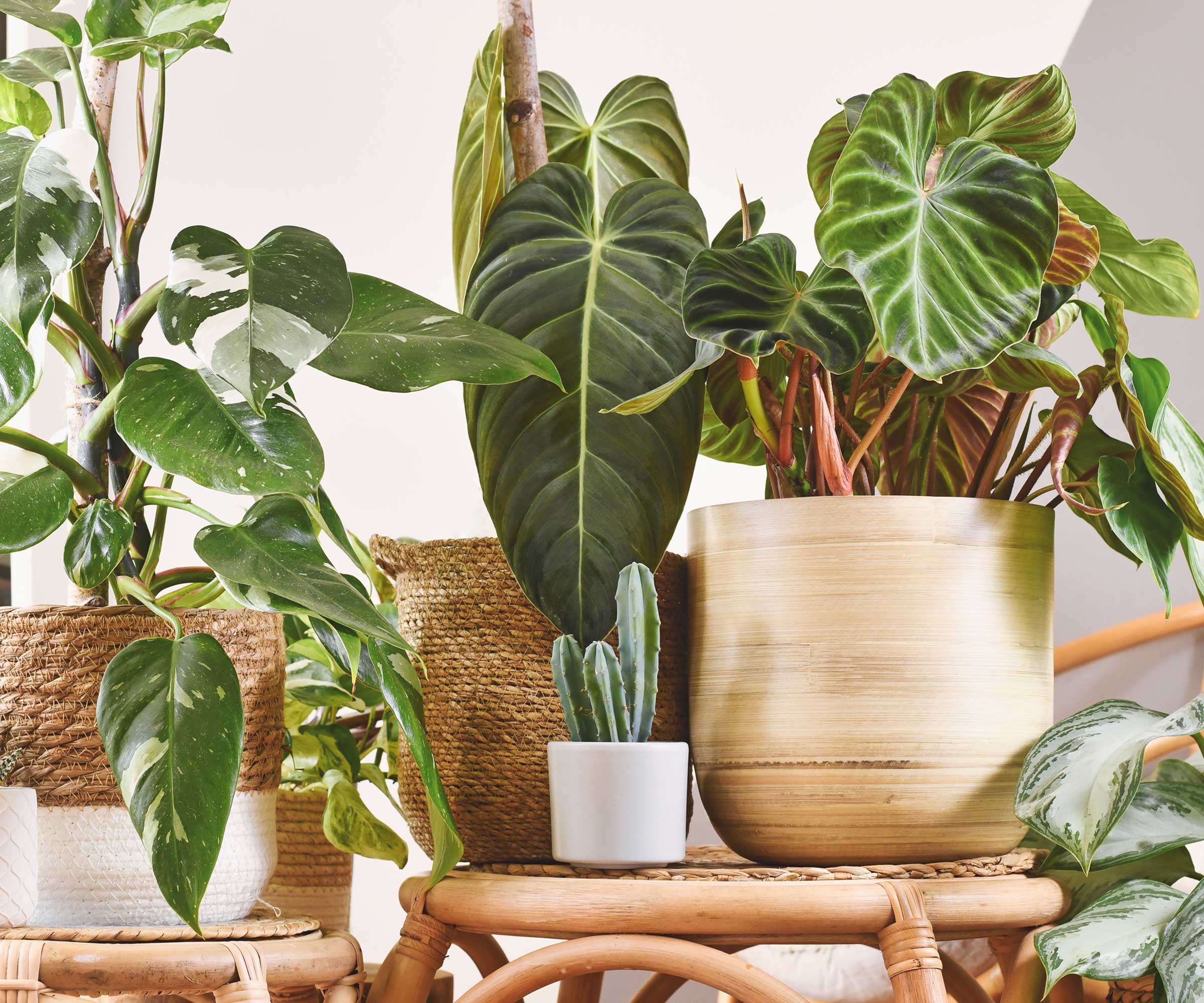
Indoor plants and not just for brightening up your home, they make excellent noise barriers too, reveals designer Artem Kropovinsky. The bigger the better when it comes to reducing echo, he adds, so consider using indoor trees to fill in awkward corners while also adding a touch of color.
5. Try acoustic panels

The most obvious way to reduce echo in your home is to use acoustic paneling, Shlomo Cherniak, professional handyman and founder of Cherniak Home Services, says. To avoid making your rooms look like a recording studio, he suggests using decorating ceiling paneling and wall decor panel ideas to add visual wall interest as well as block echo.
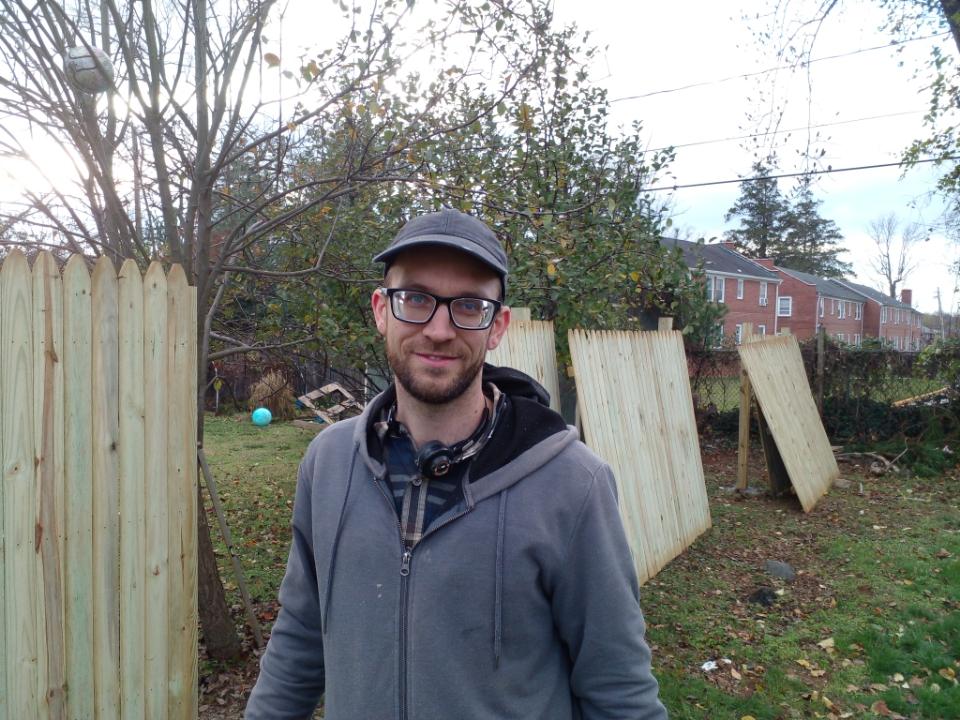
Shlomo Cherniak is a handyman and founder of Cherinak Home Services in Baltimore. He has over seven years of experience in home improvement, with him and his team specializing in everything from installing kitchen cabinets to fixing leaky faucets to hanging pictures on the wall.
FAQs
Why is my house so echoey?
Echoes are caused by sound bouncing off of walls and hard surfaces – be it your walls or your hard furniture such as tables and desks. This is particularly true in larger, open-plan rooms or spaces with high ceilings where sound has more space to bounce around.
Do false ceilings reduce echo?
If you have high ceilings and are looking to reduce echo and make your room a little cozier, then a false ceiling can help absorb sound waves and reduce how much space sound has to bounce around your home.
When reducing echo around your home, it is important to remember to take the size and purpose of your room into account before diving into solutions, reminds handyman Shlomo Cherniak. ‘The specific method you choose will depend on your personal preferences, the size of the room, and the level of echo you're experiencing,’ he says. ‘It's also worth noting that a combination of these methods may yield the best results,’ he adds – so it is worth experimenting in each space to find your perfect acoustics.
Sign up to the Homes & Gardens newsletter
Design expertise in your inbox – from inspiring decorating ideas and beautiful celebrity homes to practical gardening advice and shopping round-ups.

Chiana has been at Homes & Gardens for two years and is our resident 'queen' of non-toxic living. She spends most of her time producing content for the Solved section of the website, helping readers get the most out of their homes through clever decluttering, cleaning, and tidying tips. She was named one of Fixr's top home improvement journalists in 2024.
-
 I thought I hated gray, but this one paint changed my mind and now I use it all over my home
I thought I hated gray, but this one paint changed my mind and now I use it all over my homeWhy Farrow & Ball Pigeon defies everything I loathe about gray paint
By Sophia Pouget de St Victor
-
 Best plants for a chicken run – 7 fragrant and floral plants for happy hens and beautiful coops
Best plants for a chicken run – 7 fragrant and floral plants for happy hens and beautiful coopsYour chicken run can be every bit as beautiful as your own garden, so long as you do your research first
By Kayleigh Dray